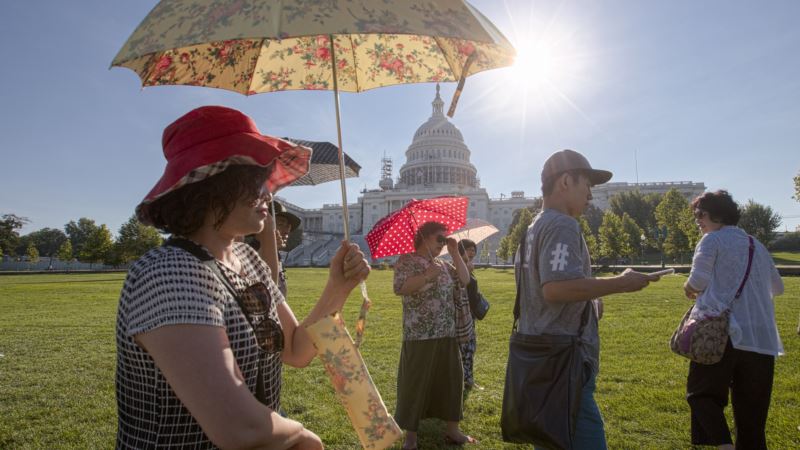2016 will “very likely” be the hottest year on record, according to the United Nations World Meteorological Organization. According to a news release from the WMO, 2016 will likely eclipse the previous hottest year, 2015. “Another year. Another record. The high temperatures we saw in 2015 are set to be beaten in 2016,” said WMO Secretary-General Petteri Taalas. “The extra heat from the powerful El Niño event has disappeared. The heat from global warming will continue.” The WMO said preliminary data from 2016 show that global temperatures are “1.2° Celsius above pre-industrial levels.” They added that temperatures from January to September of this year have been around 0.88° Celsius higher than the 14°C baseline set from 1961 to 1990. The spike in temperatures for the first months of the year was driven, in part, by a strong El Nino during 2015 and 2016. If the WMO’s projections about 2016 are correct, that would mean “16 of the 17 hottest years on record have been this century (1998 was the other one).” Some areas of the world saw even more extreme temperatures. “In parts of Arctic Russia, temperatures were 6°C to 7°C above the long-term average. Many other Arctic and sub-Arctic regions in Russia, Alaska and northwest Canada were at least 3°C above average,” Taalas said. “We are used to measuring temperature records in fractions of a degree, and so this is different.” The rise in global temperatures, he says, drives extreme weather. “Because of climate change, the occurrence and impact of extreme events has risen,” said Taalas. “‘Once in a generation’ heatwaves and flooding are becoming more regular. Sea level rise has increased exposure to storm surges associated with tropical cyclones.” Taalas added that the WMO is “working to improve monitoring of greenhouse gas emissions” to help countries reduce them. He said better climate predictions can help populations prepare better for coming changes. There is a great need to strengthen the disaster early warning and climate service capabilities of especially developing countries. This is a powerful way to adapt to climate change,” Taalas said.
2016 ‘Likely’ Hottest Year Ever: WMO






